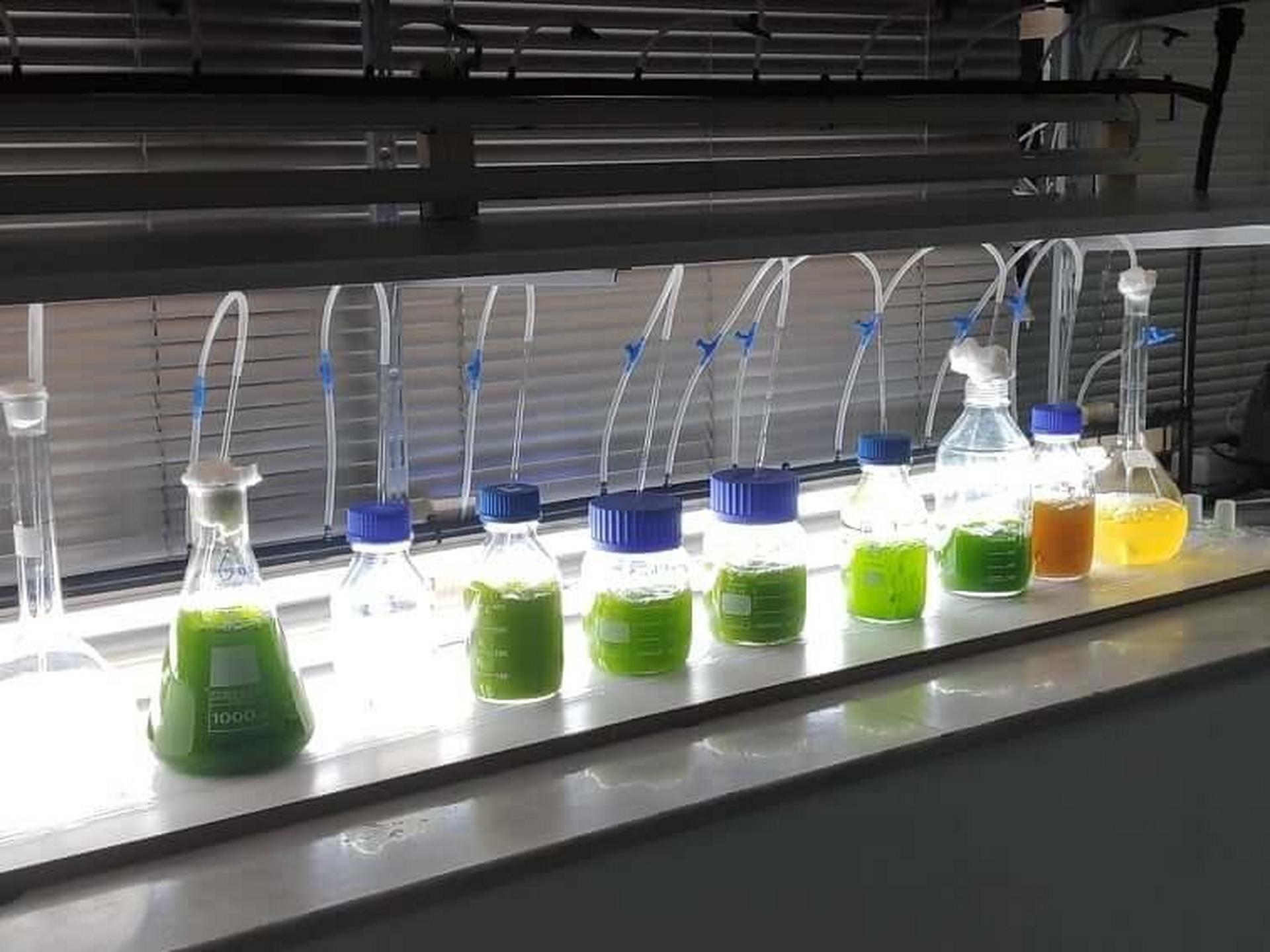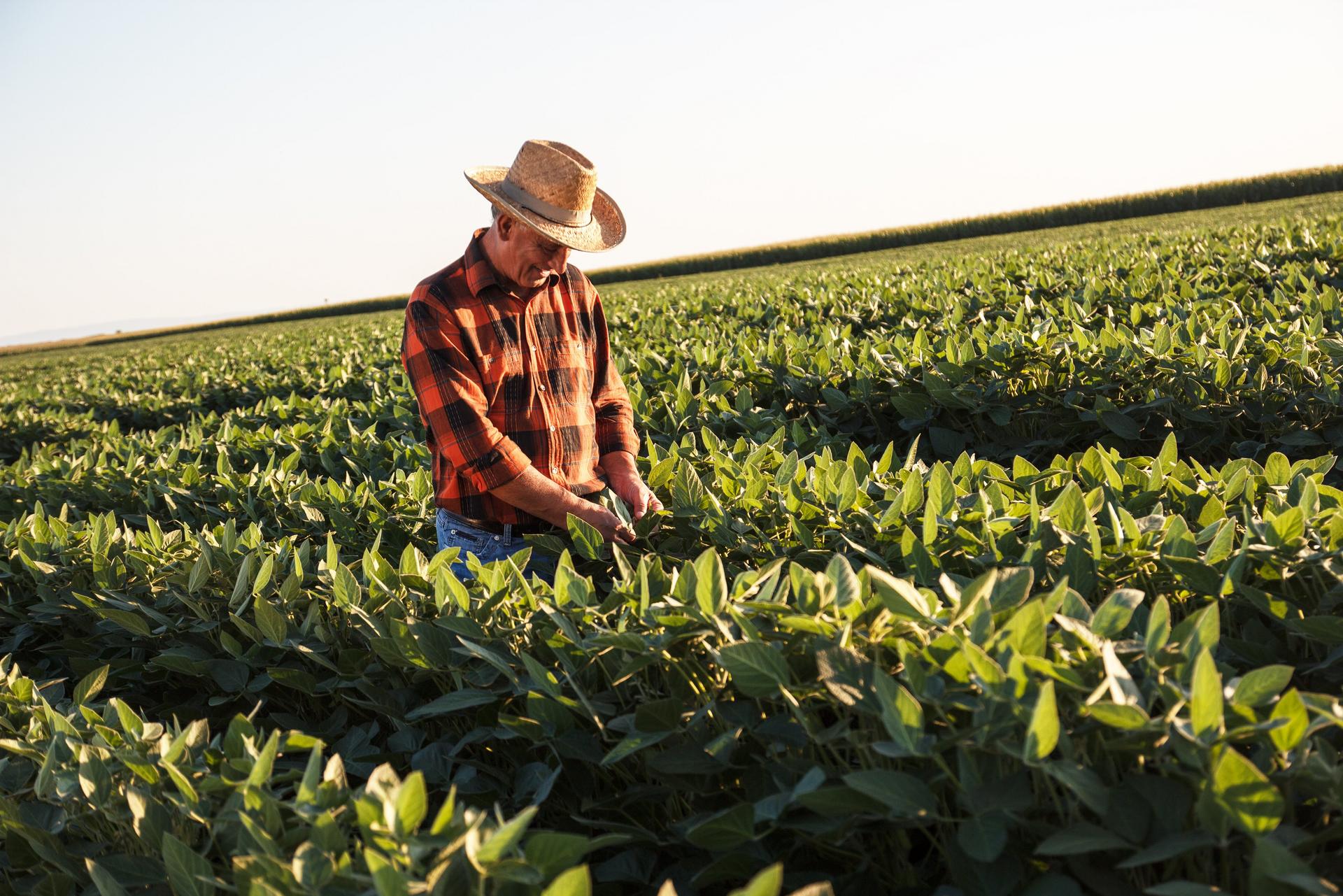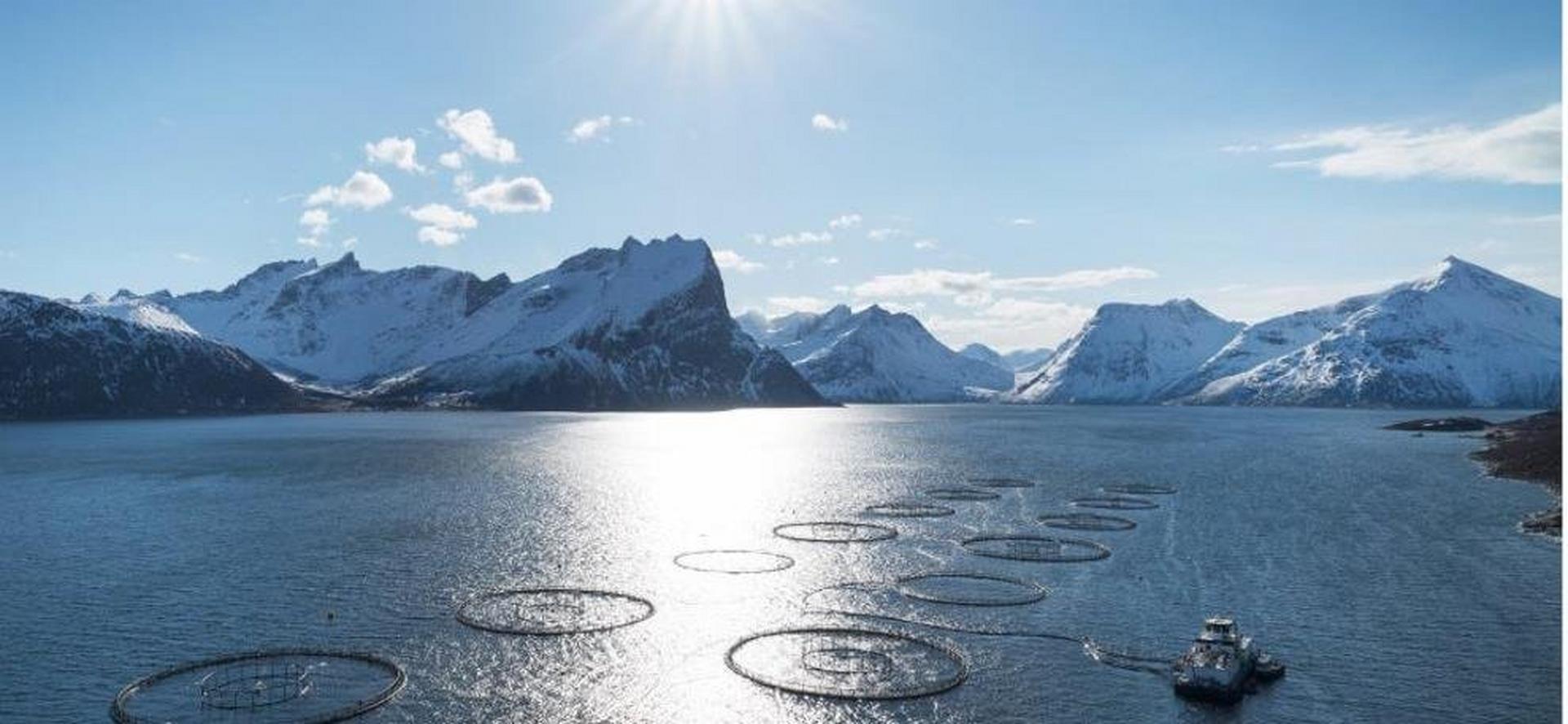During 2024, our raw material procurement department in the Western Mediterranean region undertook an exhaustive search for soybean suppliers that complied with European regulations and Biomar's internal procurement policy. This includes meeting the EUDR and other sustainability requirements of our 2030 agenda.
This search involved challenges in our production process with months of adjustments and internal tests, adapting our formulation system and production lines to work with new soybean raw materials and improving the quality of our product without compromising our sustainability variables.
Development of Relationships with More Sustainable European Suppliers
In the first quarter of 2025, we have made significant progress with European suppliers who guarantee a specialized manufacturing process to obtain soybean oil of superior quality. Their production methods stand out for preserving the purity and nutritional values of soybeans in the final product, significantly differentiating themselves from the rest.
These advances not only contribute to improving the nutritional values of our final product, but also, due to the proximity of our factories, allow us to reduce carbon emissions and deforestation risks, thus advancing in compliance with our 2030 sustainability agenda and eliminating the need for additional certifications.
It is important to highlight that these changes and adaptations in our system help incentivize the value chain for both direct and indirect suppliers as well as our customers, influencing them and allowing us to build more sustainable value chains committed to future change.





?w=1920&%24withDefaultImage%24=&fmt=auto)








